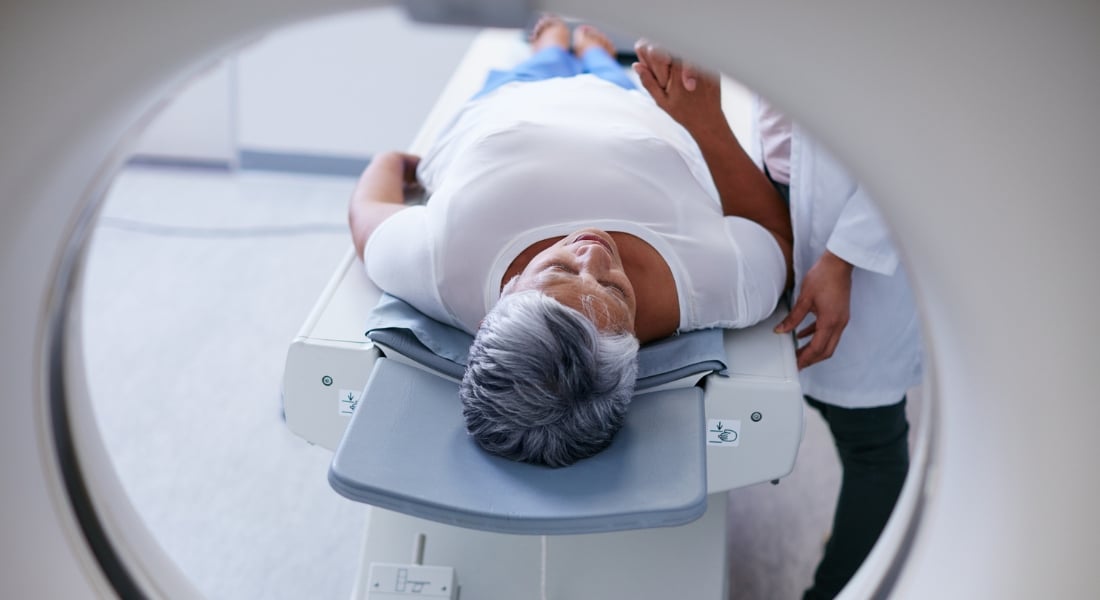About 800,000 Americans suffer a stroke every year, but contrary to popular belief, these deadly and disabling health crises don’t strike out of the blue. In fact, up to 80% of strokes are preventable, if you can keep a lid on cholesterol and blood pressure, among other risk factors.
“The name of the game is prevention,” says Neha Gandhi, MD, neurologist on the medical staff at Methodist Dallas Medical Center. “We need to control the risk factors that we can to prevent a stroke.”
Recognizing the symptoms of a stroke is also important in order to seek appropriate medical care, and that’s where the acronym BE FAST can help.
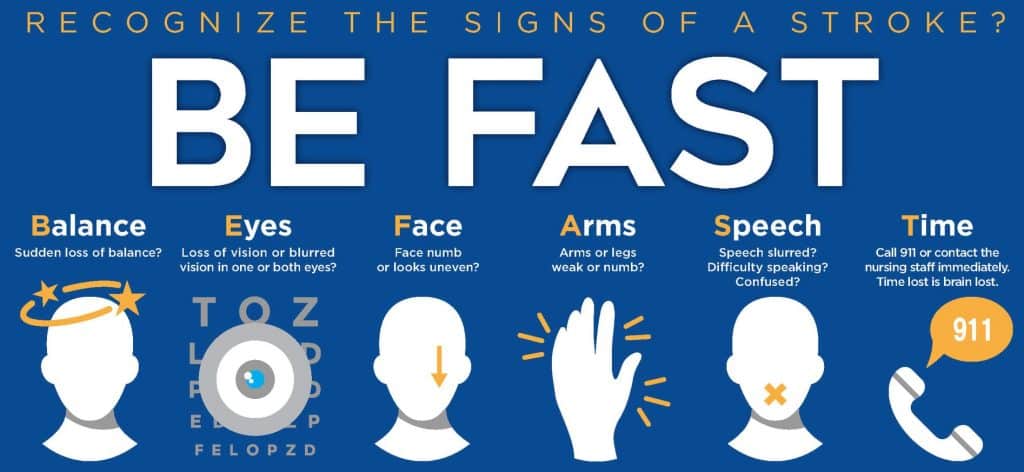
TYPES OF STROKE
There are three types of strokes, and the first should serve as a flashing “danger” sign that a major stroke could be coming.
“A transient ischemic attack, also known as a ‘mini-stroke,’ is when somebody has symptoms of a stroke that passes quickly, lasting from a few minutes to 24 hours,” Dr. Gandhi says. “A TIA leaves no permanent brain damage.”
It’s critical to be evaluated if you believe you suffered a mini-stroke because, within three months, about 20% of TIA patients will suffer an ischemic stroke, the second type of stroke.
“With an ischemic stroke, there’s either a blood clot or a clogged artery that cuts off oxygen to the brain,” Dr. Gandhi says.
The third type, and the deadliest, is an intracerebral hemorrhage, where a blood vessel ruptures and starts bleeding in the brain.
So what can we do to prevent a stroke? Dr. Gandhi offers some suggestions:
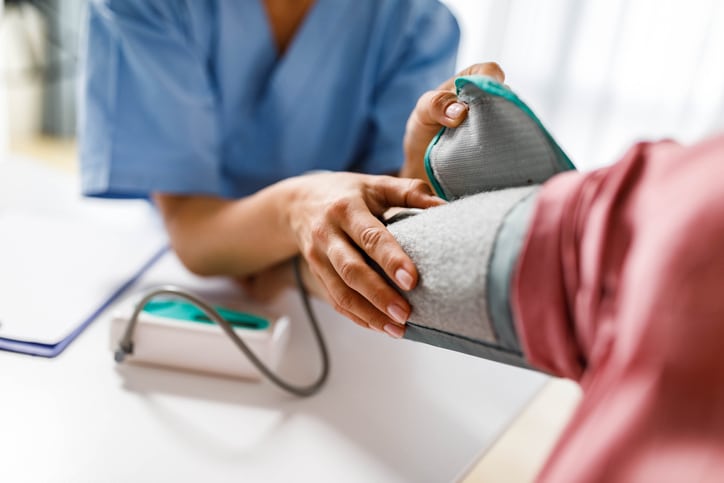
LOWER BLOOD PRESSURE
Hypertension, or high blood pressure, damages the arteries that supply blood and oxygen to the brain, allowing them to clog or burst more easily.
About 78 million Americans suffer from high blood pressure, doubling the risk of a heart attack and quadrupling the risk of a stroke.
“The normal blood pressure is 130 over 80mm Hg,” Dr. Gandhi says. “With higher blood pressure, your chance for stroke increases.”
There are several lifestyle changes that can lower blood pressure such as exercising, reducing salt in your diet, and limiting alcohol intake.
Doctors can also recommend medications to help control blood pressure.
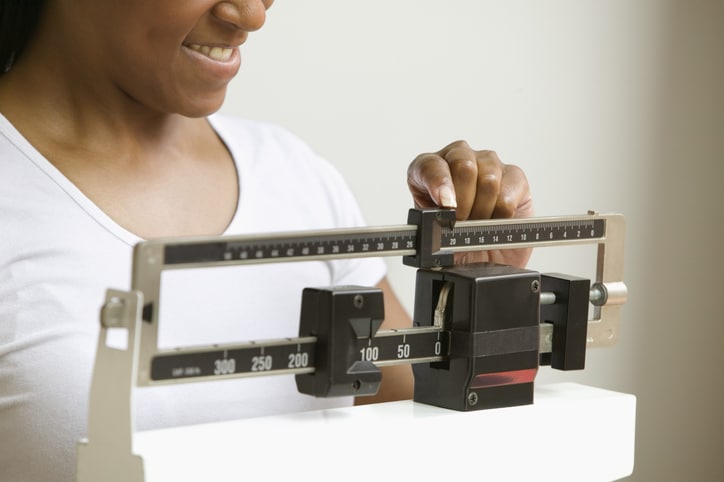
MAINTAIN A HEALTHY WEIGHT
About 20 percent of strokes are associated with obesity, according to the World Stroke Organization.
That’s because excess fatty tissue creates inflammation throughout the body, and that can damage arteries. Physicians recommend a body mass index (BMI) between 22 and 25 to lower this risk factor.
“Seventy percent of weight loss is actually your diet, so even if you’re exercising, you also need to watch what you’re eating,” Dr. Gandhi says. “Everybody has a different calorie requirement.”
Choosing healthy meals and snacks can help shed pounds. Fruits, vegetables, and foods with low saturated fats are all viable options to ensure a healthy BMI.
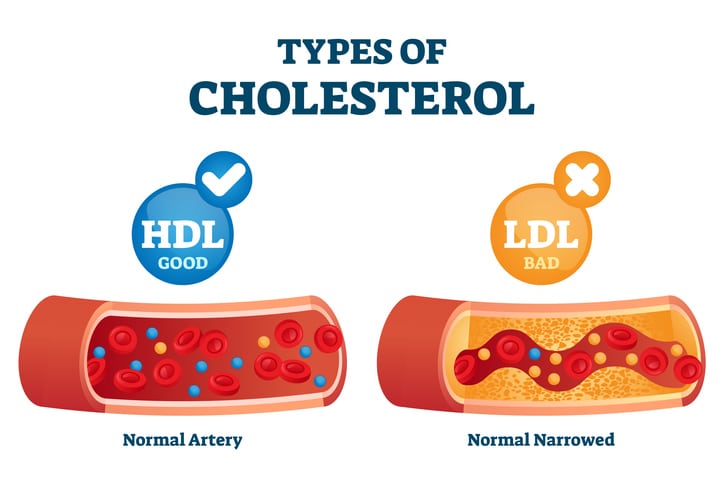
KEEP A LID ON CHOLESTEROL
Just as critical to cardiovascular health, “bad” cholesterol (LDL) contributes to plaques forming in blood vessels.
When these fatty deposits build up, they can cause narrowing of a blood vessel and potentially cause a stroke.
Maintain a proper balance of cholesterol by making lifestyle and diet changes.
If that’s not enough, doctors like Dr. Gandhi may recommend statin medications to lower bad cholesterol by slowing down the liver’s production of cholesterol.
Statins also increase the liver’s ability to remove LDL cholesterol that is already in the blood.
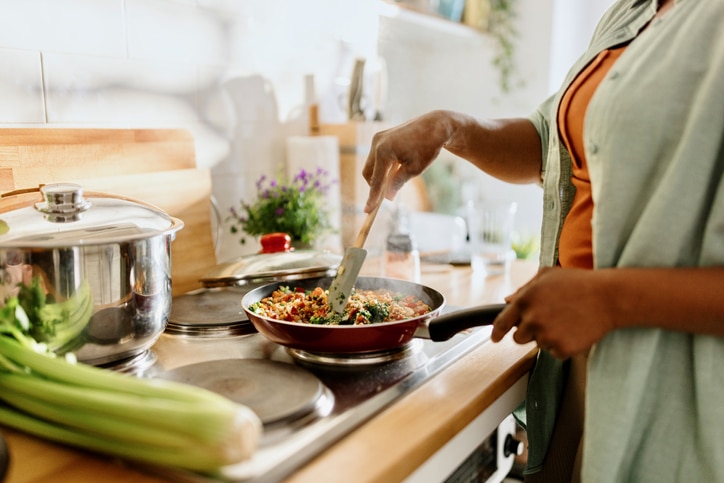
CONTROL DIABETES
Diabetes is another risk factor for stroke, as diabetics are twice as likely to have one.
“If you are diabetic, you need to follow a low glycemic index diet, which means less carbohydrates,” Dr. Gandhi says.
Such an eating plan helps reduce blood sugar levels. Low-GI foods also tend to be less processed and higher in protein, fiber, and fat.
These foods include apples, dried apricots, onions, plain yogurt, and whole-grain pasta.
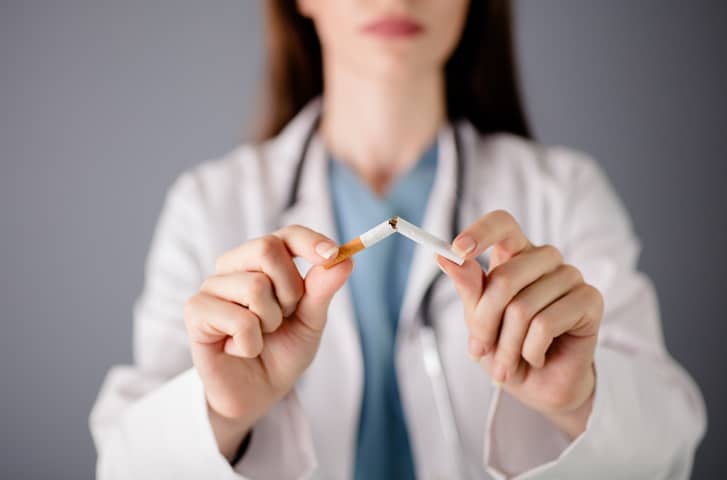
QUIT SMOKING
Smoking doubles the chance of having a stroke, Dr. Gandhi says. Breathing secondhand smoke regularly is dangerous, too.
Smoking cigarettes causes inflammation and damages blood vessels, leading to a buildup of plaque in the arteries.
But there is hope for smokers who stop: Studies have shown the risk of stroke for ex-smokers five years after they stop are similar to those who never smoked.
“Smoking is the most important risk factor,” Dr. Gandhi says. “That is something you can control and you can eliminate from your life that will reduce the chances of stroke.”
There’s no question that stroke risk increases as we age because arteries harden and get narrower naturally, making blockages more likely later in life.
“With time and age, there is a plaque buildup in the neck vessels,” Dr. Gandhi says. “If it becomes 70% or more, that’s when we begin to worry.”
But people in their 50s and younger may suffer strokes, too, whether because of poor diet, smoking, diabetes, or simply because of hereditary conditions — sickle cell disease, for example — that are out of their control.
“While most strokes affect older patients, those younger than 50 can suffer a stroke, too,” Dr. Gandhi says. “Risk factors raise your risk at any age.”

